5 Reasons Why Faster Charging Is More Important Than A Bigger Battery
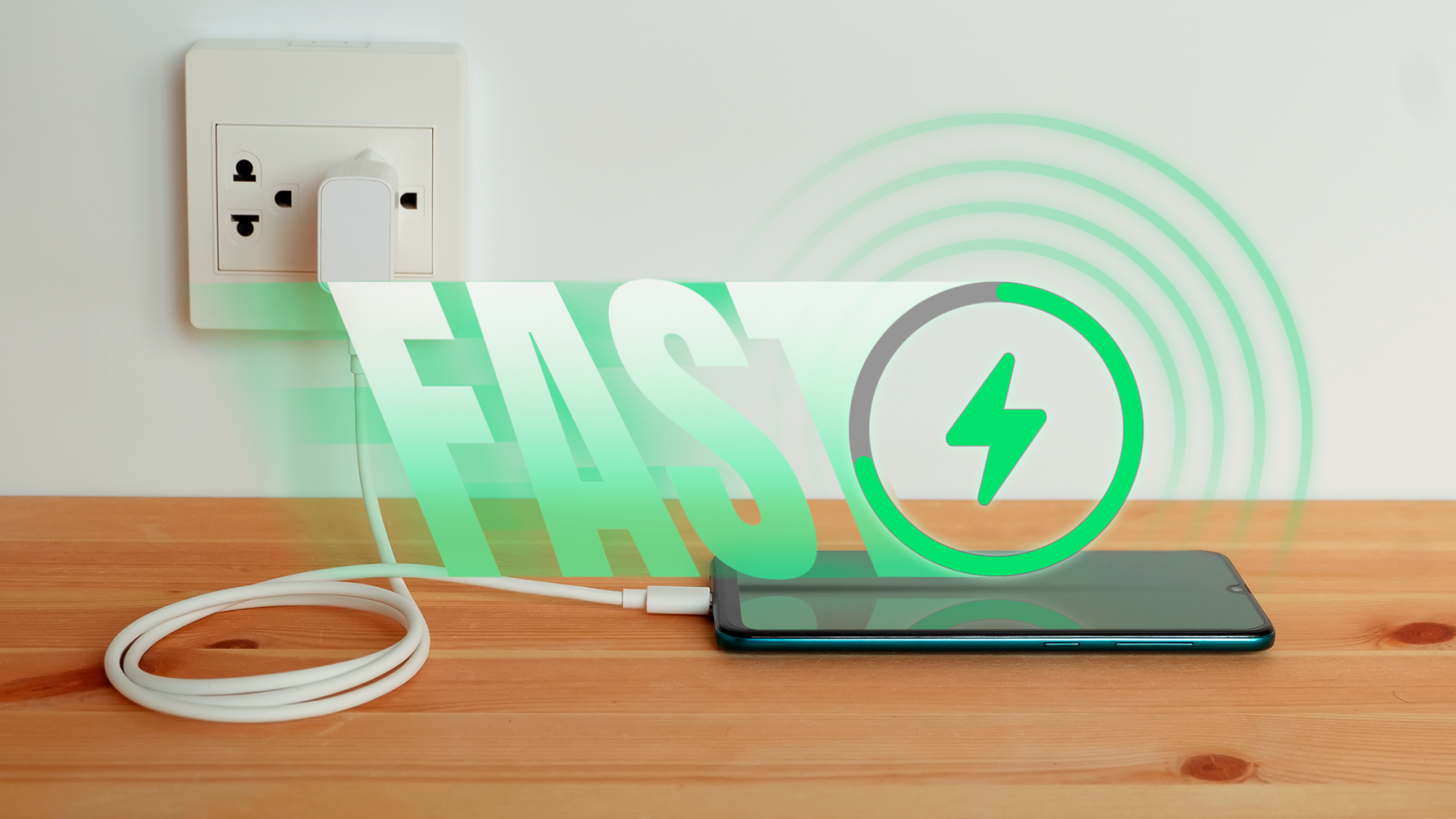
Contents
Picture this: you realize your phone is about to die as you leave your house and wish you had plugged it in earlier. Even if you own one of the best phones offering amazing battery life, that single-digit battery percentage won’t last long. We often think a larger phone with a bigger battery is the secret to all-day battery life while overlooking the scenarios where fast charging can be equally, if not more, important.
Fast charging has transformed how we manage and charge our phones. It allows us to recharge quickly and move on with our day. I’ve used countless smartphones, from compact old-school Android devices to modern oversized flagships. While the latter is better at battery endurance, there’s something liberating about knowing I can top off my phone quickly instead of being anchored to a power outlet for an hour. Let’s discuss why fast charging beats a bigger battery almost every time.
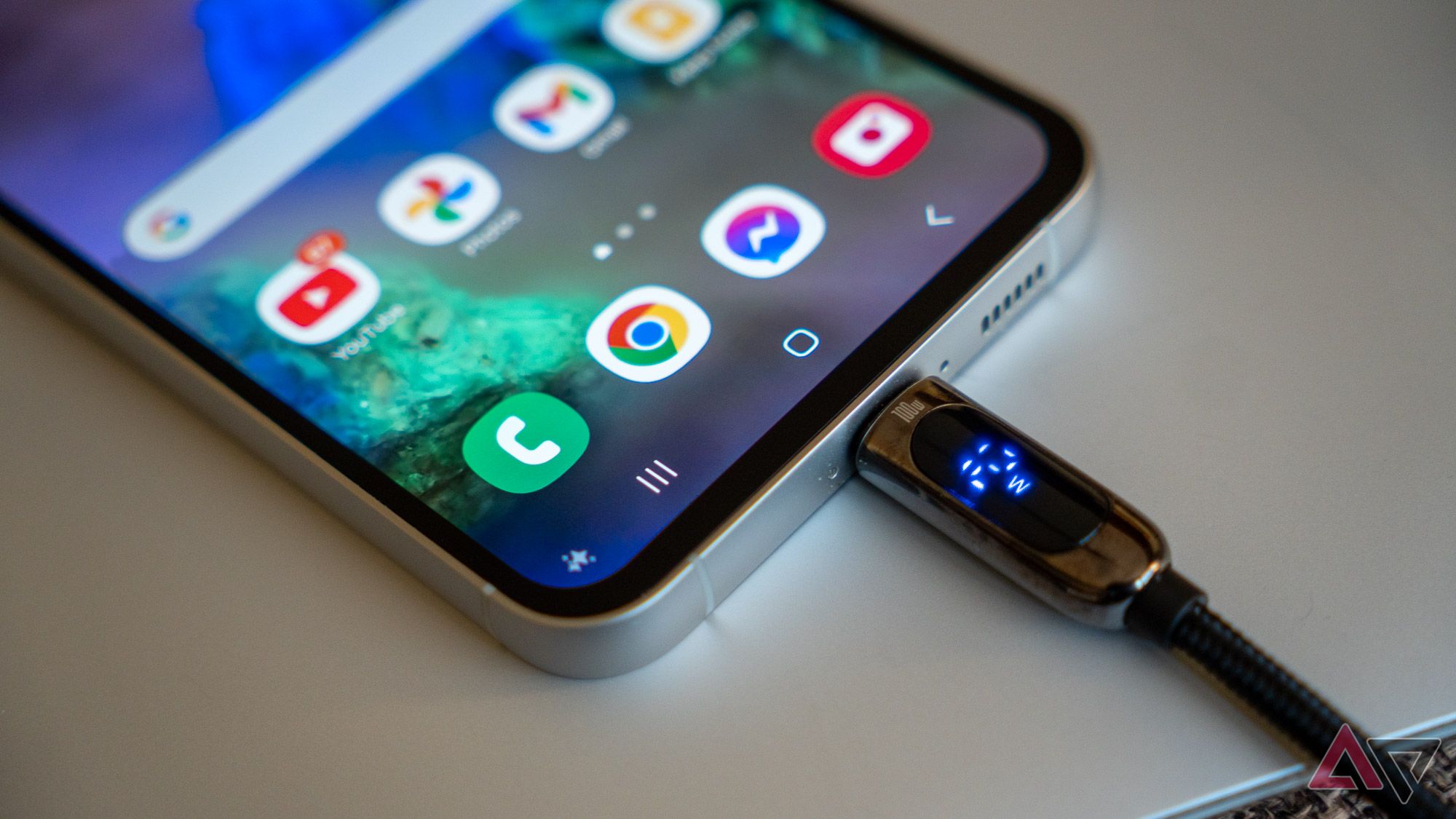
Related
5 You can get away with a compact phone
You don’t need a bigger battery if your phone charges really fast
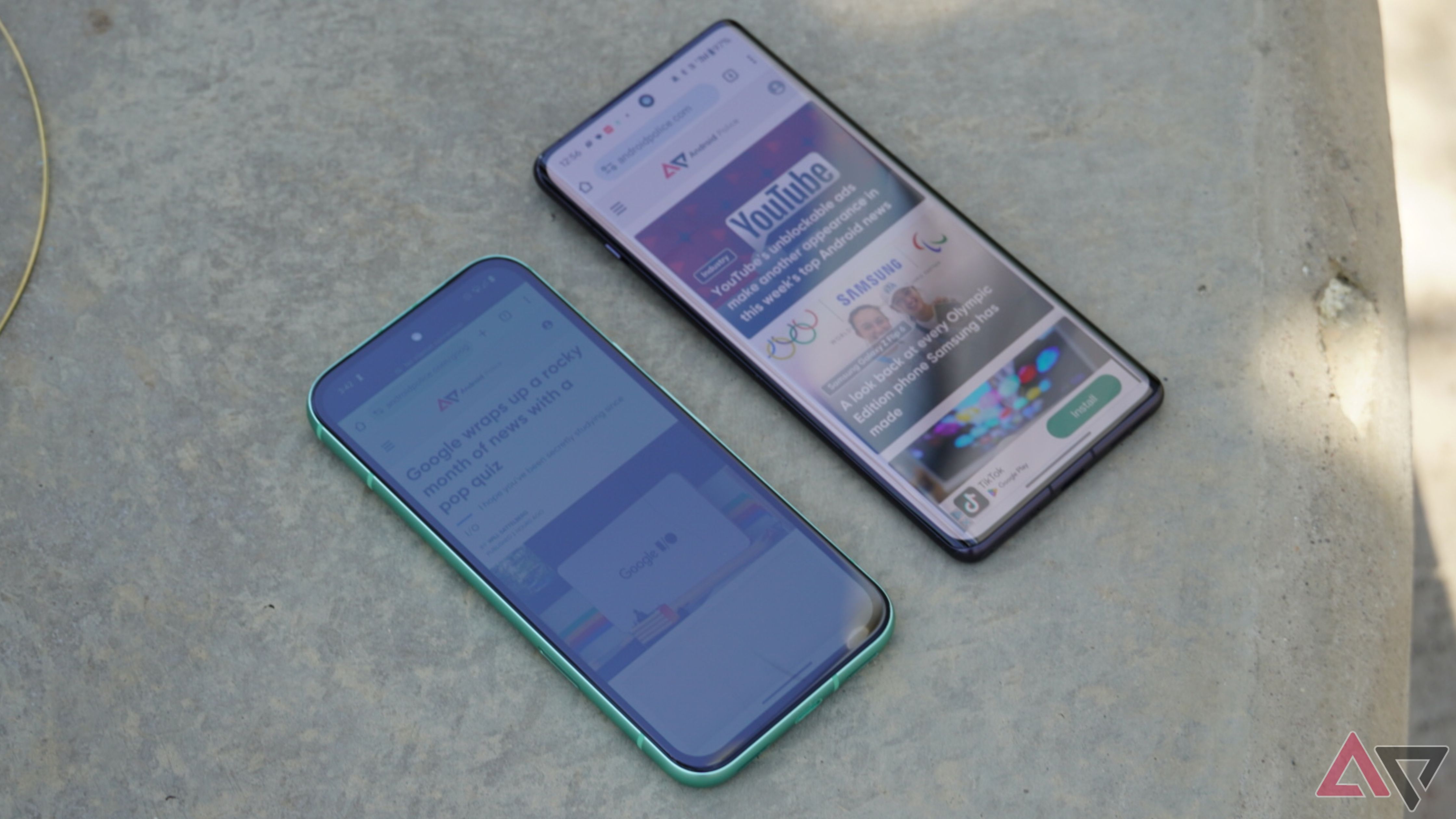
Let’s discuss why oversized phones are more appealing to mainstream consumers. Larger displays and camera hardware aside, it’s mainly because of better battery endurance. Big phones have room for bigger batteries, so you don’t have to worry about all-day battery life. However, the tradeoff between battery size and ergonomics is undeniable. Oversized phones are heavy, and you can’t use them comfortably one-handed for an extended period.
However, if manufacturers pushed super-fast charging on compact phones to offset the lower battery life due to size limitations, more people, including myself, would be tempted to buy one. A lighter, less cumbersome phone is easier to handle when I’m on the go because I don’t have to worry about hand fatigue. If my compact phone runs out of juice in the middle of the day, I need access to a power outlet for 5 to 10 minutes to quickly charge and not worry about battery life for the rest of the day.
4 Less downtime
You don’t have to spend time waiting next to a power outlet
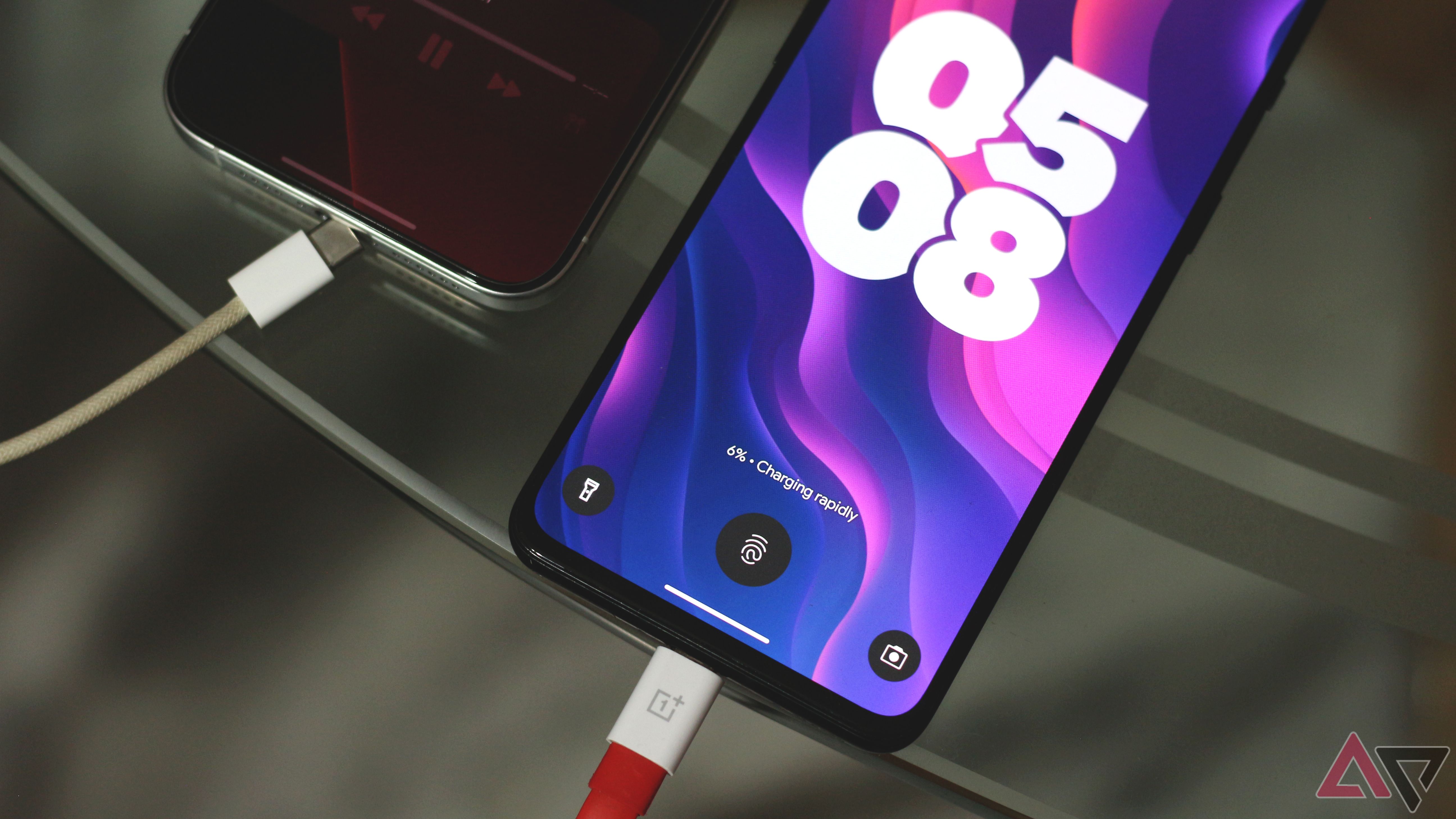
Waiting next to a power outlet for your phone to charge is frustrating. It almost feels like your phone takes forever to charge if it only supports charging speeds of less than 20W. You’ll often be tempted to leave your phone plugged in overnight to avoid this downtime, which I don’t recommend. Even the phones with the largest batteries eventually drain, and when they do, you’re forced into a prolonged pause, disrupting your workflow and schedule.
If your phone supports faster charging speeds, upwards of 30W, you won’t have to worry about downtime nearly as much. You could plug your phone in before you head into the shower, and it’ll be at 50% capacity or more when you return. Even with my Samsung Galaxy Z Flip 5, which only supports 25W fast charging, I rely heavily on short charging breaks rather than prolonged, inconvenient waits. I wish manufacturers pushed faster charging on smaller phones like the Google Pixel 8a and Galaxy S25 instead of limiting them to the bigger, flagship variants.
3 Travel without anxiety
A quick pit-stop at a power outlet is all you need
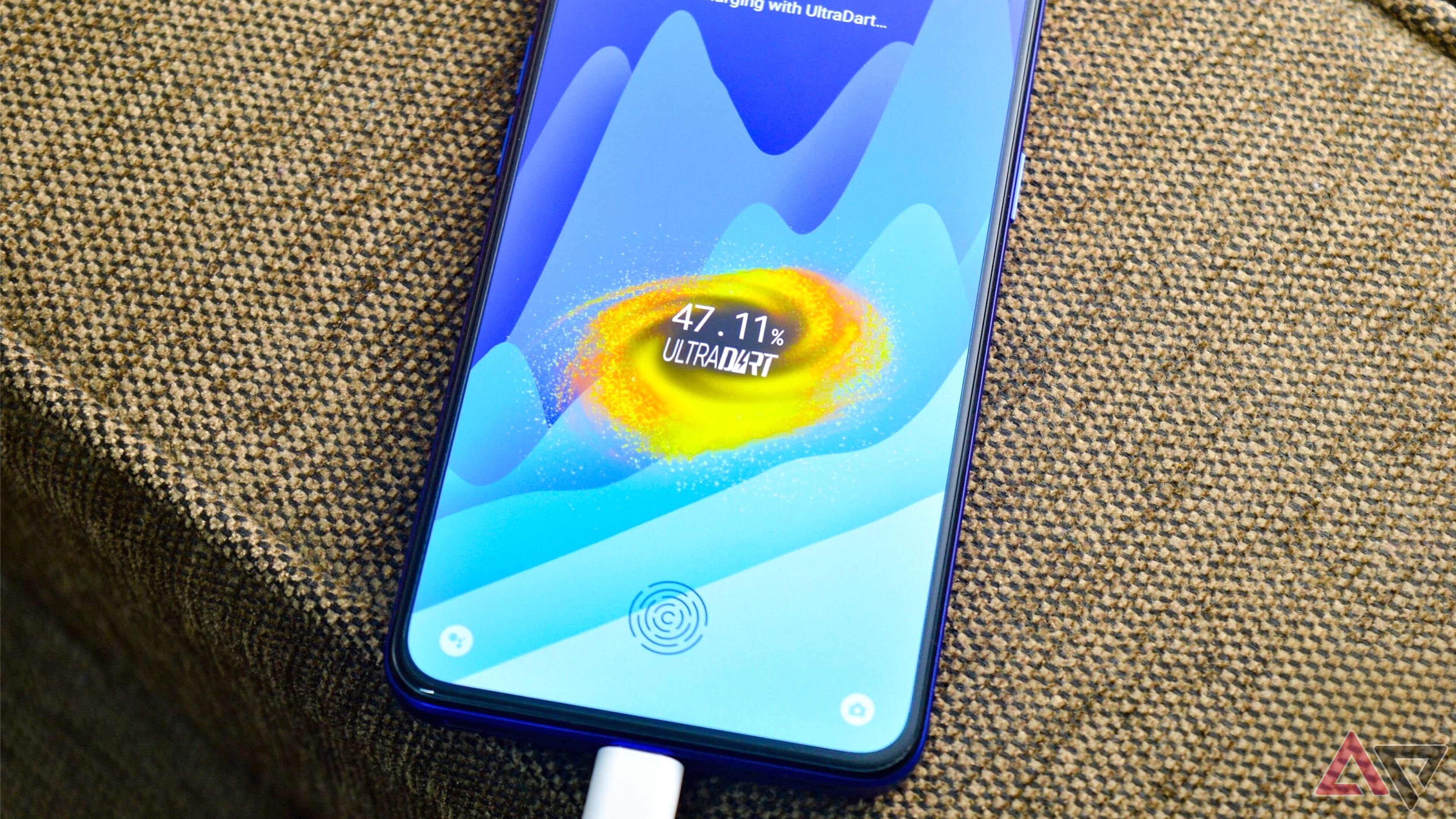
When traveling, we’re more concerned about our phone’s battery life than anything else. Even if you have a phone with a beefy battery, that worry doesn’t completely go away because of the uncertainty in finding a power outlet while navigating airports and train stations. A larger battery is advantageous, but when it depletes, which is inevitable during long trips, recharging becomes a headache if your phone doesn’t support super-fast charging. You’ll spend 30 minutes or more next to an outlet if your phone charges at 20W to increase the battery percentage to an acceptable level.
With faster charging, you can quickly top up your phone during brief layovers or café stops. For instance, you can head to Starbucks inside an airport, get coffee while you leave your phone plugged in for 15 to 20 minutes, and walk out with several hours’ worth of battery life. This frees you from constantly checking your phone’s battery percentage or scouting for power outlets in public spaces. A brief 10-minute charging session, whenever convenient, can get you through the day until you get to your hotel room.
2 You can always buy a power bank
But you can’t upgrade your phone’s charging speed

If your phone has a smaller battery, you can buy a slim power bank, like the Anker MagGo Slim we reviewed, to top up its battery when needed. It’s handy while traveling, but so is faster charging. Smartphones typically have a maximum charging speed, meaning you can’t charge them faster than they are rated. For example, the Pixel 9 Pro can fast charge up to 27W with Google’s 45W USB-C charger. But you can’t expect it to charge faster with a 60W or 100W power adapter.
That’s why you should prioritize a phone’s fast-charging capabilities over its battery capacity. While the latter is important, you’ll be stuck with the same charging speed until you upgrade to a newer phone years down the line. This is one of the main reasons why I love the OnePlus 13. It packs a massive 6,000mAh battery and supports ultra-fast charging speeds of up to 100W (80W in the US) with its SUPERVOOC chargers.
1 Future-proofing
Fast charging is the industry standard
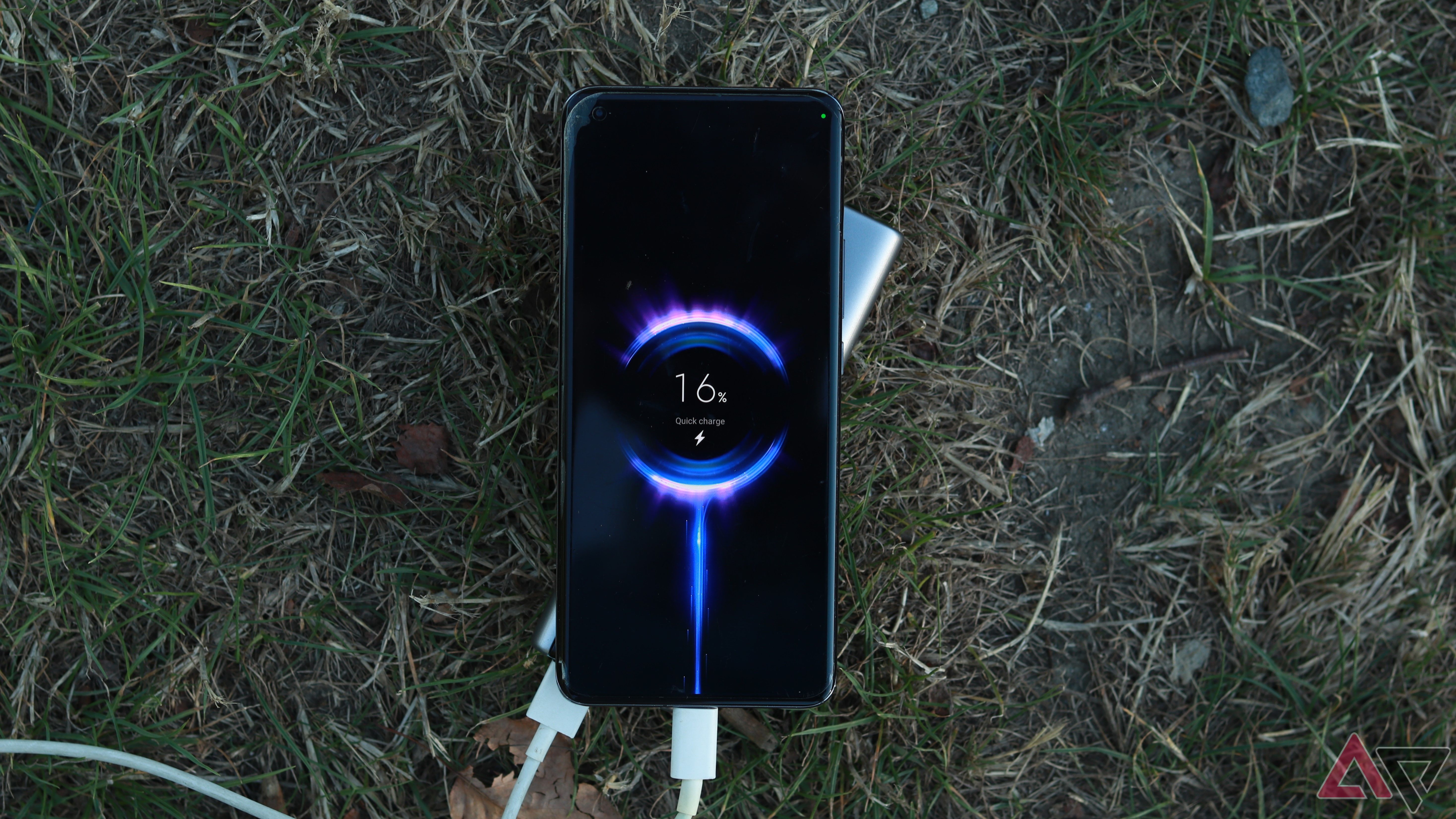
Unlike a decade ago, most people don’t upgrade their phones every year. If you buy a new smartphone in 2025, lean toward one with faster charging speeds. Manufacturers like Motorola and OnePlus have aggressively pushed faster charging speeds in the past few years. If you buy a phone that charges at sub-25W speeds, you’ll be left behind sooner rather than later.
Even if your shiny new phone has impressive battery life, it won’t operate at its peak battery performance two years later. However, your phone’s charging speed won’t deteriorate over time. A phone rated for 45W fast charging continues to charge at those speeds with the right power adapter five or six years later. A phone that charges faster will appeal to second-hand buyers because they can replace the degraded battery for $100 or less.

Related
Faster charging makes a bigger difference
Nowadays, we often take fast charging for granted and lean toward oversized phones with bigger batteries because they promise longer stretches without a recharge. However, faster charging makes a bigger difference in day-to-day use because it completely transformed my charging habits. I no longer leave my phone plugged in overnight. Instead, I resort to short charging breaks when busy doing chores or getting ready for work. Faster charging adapts effortlessly to your daily routine and allows you to manage your time and tasks proactively.
Phones that last all day aren’t new. Before smartphones, all-day battery life was the minimum. But not being chained to a power outlet? That’s thanks to fast-charging tech, which we often fail to appreciate. It allows us to reclaim our time, comfort, and freedom.
What’s your reaction?
Love0
Sad0
Happy0
Sleepy0
Angry0
Dead0
Wink0
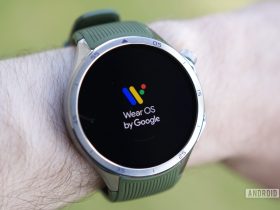
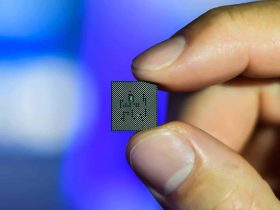



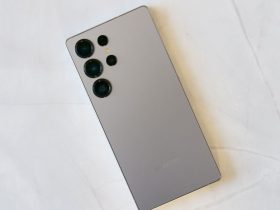
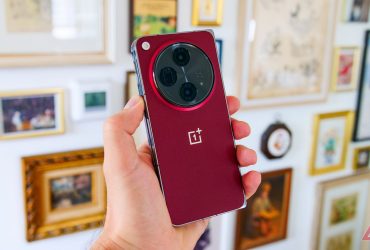
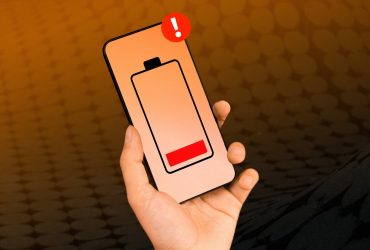
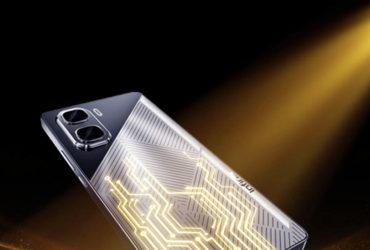
Leave a Reply
View Comments